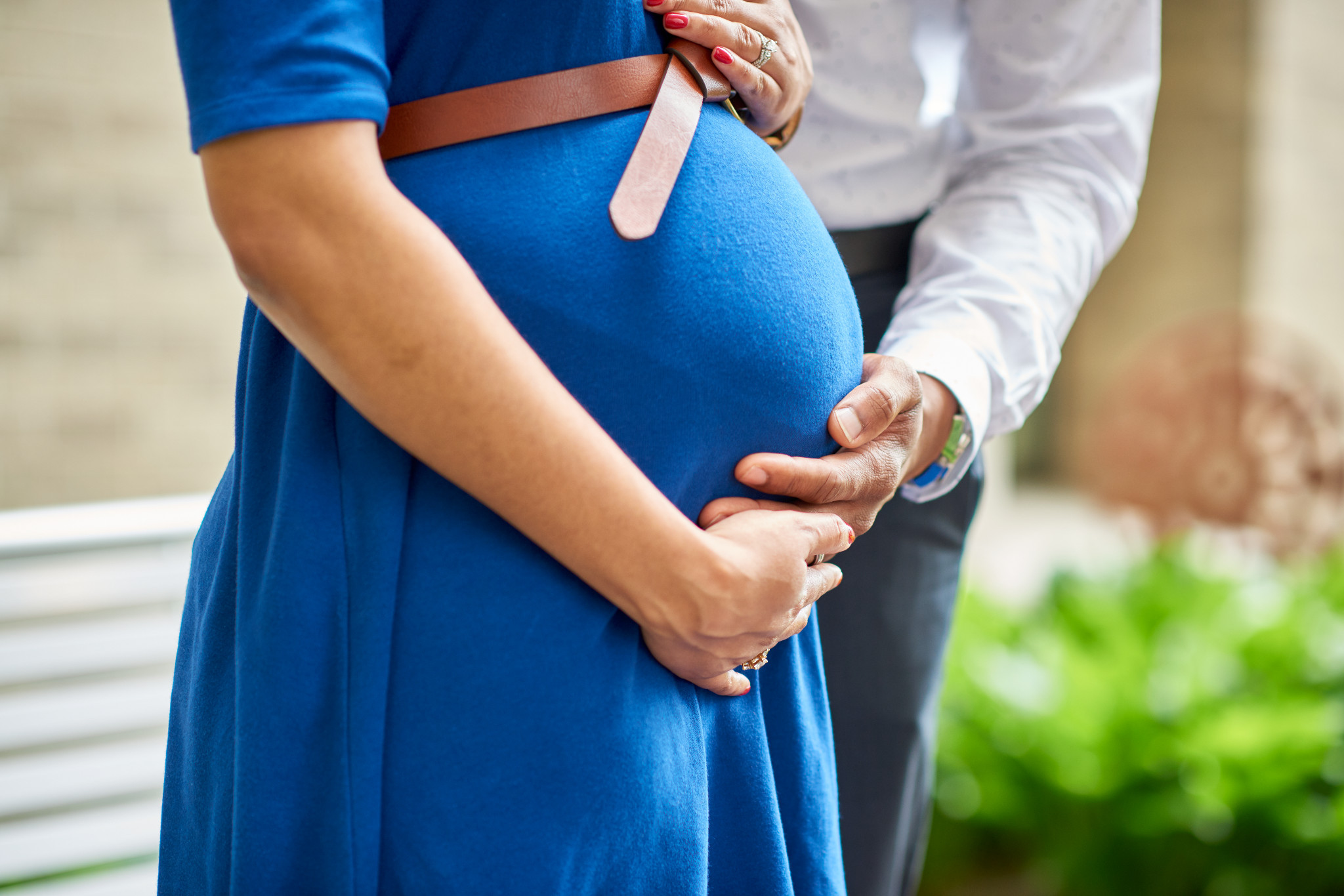You’re already eating for two, gulping down prenatal vitamins, and (sigh) skipping your favorite cheeses. Wearing a seat belt properly is just as important for the health and safety of your baby.
Your car’s safety belt is your unborn baby’s very first car seat. So how do you practice car safety during pregnancy to ensure both you and your little one make it safely to your destination? We’ll show you how to maneuver that big belly in the car so that both you and your baby are safe—and comfortable!—on the trip.
How to Wear a Seatbelt When Pregnant
Remember, wearing a seatbelt is the best way to stay safe while riding in a car. And pregnant or not, the right way to buckle up is the same—with the lap belt low and flat over your hips and the shoulder belt snug across your chest and shoulder.
But pregnancy does change your body—and your comfort level in the car. These tips can help make sure you and your growing belly are comfortable and secure on the journey.
1. Lift your belly and position the lap belt snugly across the tops of your thighs and hip bones.
Never place the lap belt over or on top of your belly. A seat belt over your vulnerable belly could harm your baby or the placenta in the event of a crash.
2. Position the shoulder belt between your breasts and off to the side of your belly.
This protects your head and chest and keeps the lap belt from sliding up over your belly.
3. Tilt the steering wheel upward. Your growing belly needs extra room in the car.
Tilt the steering wheel up and away from your belly.
4. Slide your seat as far away from the steering wheel as possible.
Sit as far back as you can comfortably to protect your belly from the airbag in a crash.
5. Adjust your seat to a comfortable upright position.
Reclining your seat too far increases the gap between your shoulder and the seat belt and puts extra pressure on the uterus.
If your growing belly prevents you from driving comfortably while wearing your seatbelt properly, maybe it’s time to take a break from driving. Consider letting someone else play chauffeur until after delivery. And remember to move your seat as far back as you can, even as a passenger. Airbags can save lives, but they can also be dangerous if you’re too close during deployment.
Are Maternity Seat Belt Adjusters Safe?
You may have seen seat belt adjusters for pregnancy advertised online and in stores. But what these advertisements don’t tell you is there is no crash test data supporting or regulating aftermarket pregnant seat belt adjusters. That means you and your unborn child are essentially guinea pigs in an experiment testing the safety of these seat belt adjusters in a crash. So in short, we wouldn’t recommend them!
Pregnant seat belt adjusters can alter the way the seat belt functions, positioning the belt unsafely around your body. Many of these adjusters reposition and introduce slack into the shoulder belt. But studies indicate the shoulder belt is rarely a problem in the event of a crash. In fact, it’s the lap belt riding too high over the abdomen that increases risk to the fetus.
Case studies of pregnant women in crashes show that properly wearing a seat belt while pregnant is very effective in protecting both mom and baby. Wearing both the lap and shoulder belt correctly means your baby is 4.5 times more likely to survive—and even thrive—in the event of a crash.
The best way to protect your unborn baby in the car is to protect yourself. And years of crash test evidence shows that wearing a seat belt properly is essential to traveling safely in a vehicle. So remember, pregnant or not, always buckle up!



